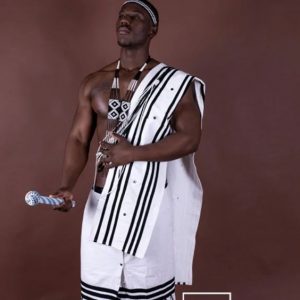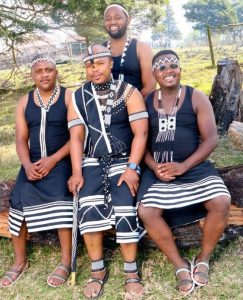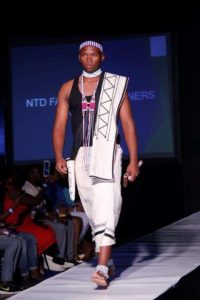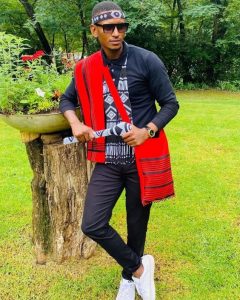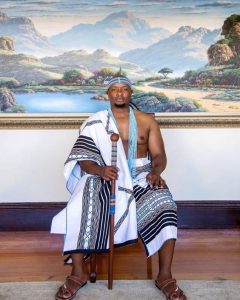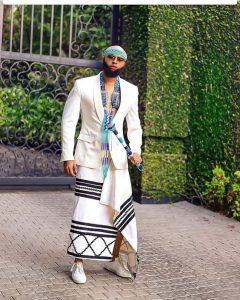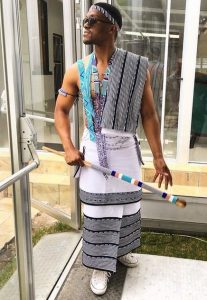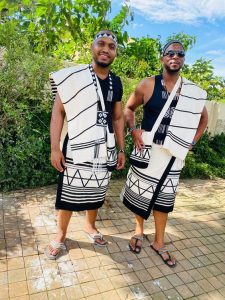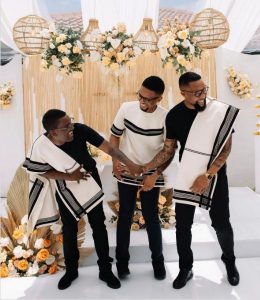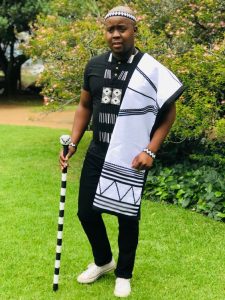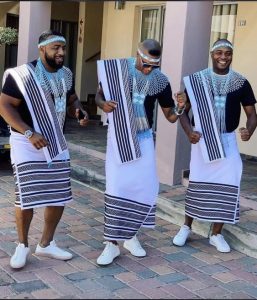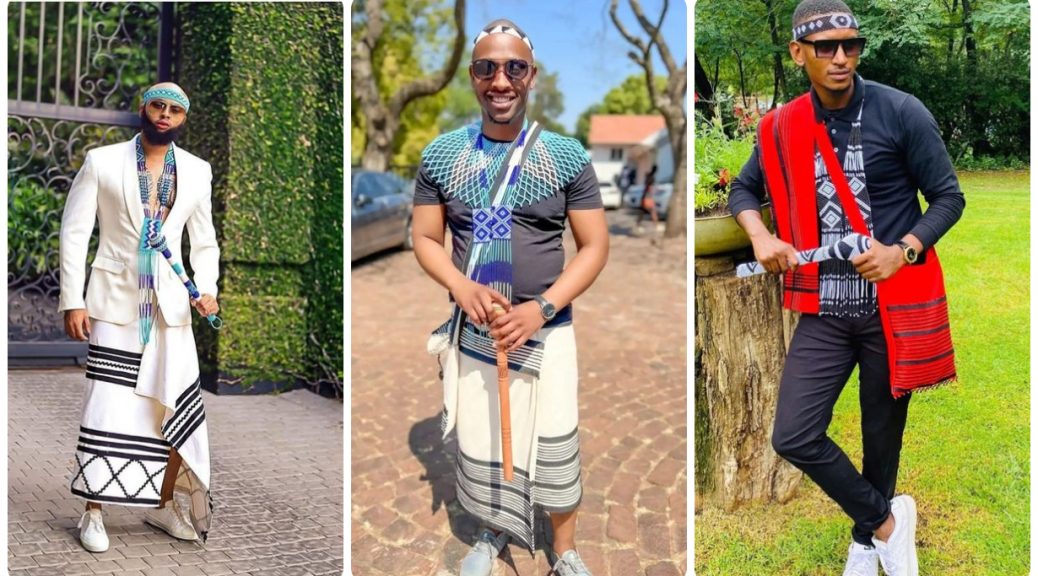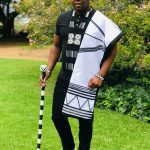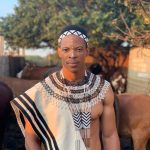The Evolution of Xhosa Traditional Clothing
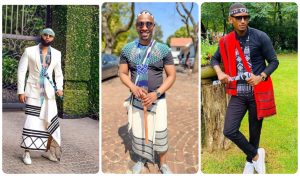
Introduction
Overview of Xhosa traditional clothing
Xhosa traditional clothing is known for its vibrant colors, intricate beadwork, and unique designs. Men often wear the ‘Isikhakha’ – a cloth wrapped around the waist and legs, while women don the ‘Isikhakha’ along with the ‘Inxili’ – a top that covers the breasts. Beadwork is a prominent feature in Xhosa attire, symbolizing status, and significant events. The clothing is often accessorized with colorful bead necklaces, bracelets, and hats, representing cultural pride and heritage.
Significance of Xhosa traditional attire in modern times
In modern times, Xhosa traditional attire plays a crucial role in preserving cultural identity and heritage. Many Xhosa people, especially during ceremonies and festivals, proudly wear their traditional clothing as a way to celebrate their roots and showcase their culture to the world. The attire has also gained popularity in the fashion industry, with many designers incorporating Xhosa elements into contemporary clothing. The significance of Xhosa traditional attire continues to be cherished and respected in present-day South Africa.
Early History of Xhosa Traditional Clothing
Traditional clothing origins in Xhosa culture
Xhosa traditional clothing has deep roots in the cultural heritage of the Xhosa people. It reflects the history, beliefs, and values of the community, with each garment and design holding symbolic significance. From the ‘Isikhakha’ to the intricate beadwork, every aspect of Xhosa attire is a representation of tradition and pride.
Evolution of materials and designs over time
Over the years, Xhosa traditional clothing has evolved in terms of materials and designs while still holding onto its traditional essence. The incorporation of modern fabrics and innovative techniques has brought a contemporary touch to the attire while maintaining its cultural integrity. This evolution showcases the adaptability of Xhosa clothing to changing times while preserving its historical importance.
Traditional Xhosa Attire for Men
Historical clothing items for Xhosa men
Xhosa men traditionally wore items like the ‘Inxili’ (loin cloth) and ‘Ibhayi’ (blanket) as part of their attire, reflecting simplicity and functionality in their clothing choices.
Modern adaptations and variations in male attire
In modern times, Xhosa men have incorporated Western-style shirts, trousers, and jackets into their traditional attire, blending contemporary fashion with cultural elements. Accessories like beaded necklaces and hats have also become popular additions, showcasing a fusion of tradition and modernity in Xhosa men’s fashion.
Traditional Xhosa Attire for Women
Key elements of traditional Xhosa women’s clothing
Xhosa women traditionally wear clothing items such as the ‘Intsu’ (wrap skirt) and ‘Ibhayi’ (blanket), reflecting a blend of functionality and cultural significance in their attire. The vibrant colors and intricate beadwork often seen in women’s garments showcase the rich cultural heritage of the Xhosa people.
Influence of cultural practices and ceremonies on female attire
The attire of Xhosa women is often influenced by significant cultural practices and ceremonies, such as weddings and initiation rites. During these events, women may wear special garments like the ‘Umgaco’ (cape) or ‘Isikhakha’ (headband), symbolizing their roles and status within the community. These traditional clothing items hold deep cultural meanings and are treasured parts of Xhosa women’s fashion.
Beadwork and Accessories in Xhosa Traditional Clothing
Role of beadwork in traditional Xhosa clothing
Beadwork plays a crucial role in traditional Xhosa clothing for women, serving as a means of artistic expression and cultural identity. The intricate patterns and vibrant colors of the beads are often handcrafted and meticulously incorporated into garments, symbolizing aspects of spirituality, heritage, and status within the community. Beadwork remains a treasured art form that adds beauty and meaning to Xhosa women’s attire.
Significance of accessories like headwear and jewelry
Accessories such as headwear and jewelry hold significant cultural importance in Xhosa traditional clothing. Headbands, known as ‘Isikhakha,’ are often adorned with beads and symbolize the wearer’s marital status or role within the community. Jewelry pieces like necklaces and bracelets are crafted with intricate beadwork and serve as adornments for special occasions and ceremonies. These accessories contribute to the overall elegance and cultural richness of Xhosa women’s attire.
Traditional Xhosa Attire for Men


